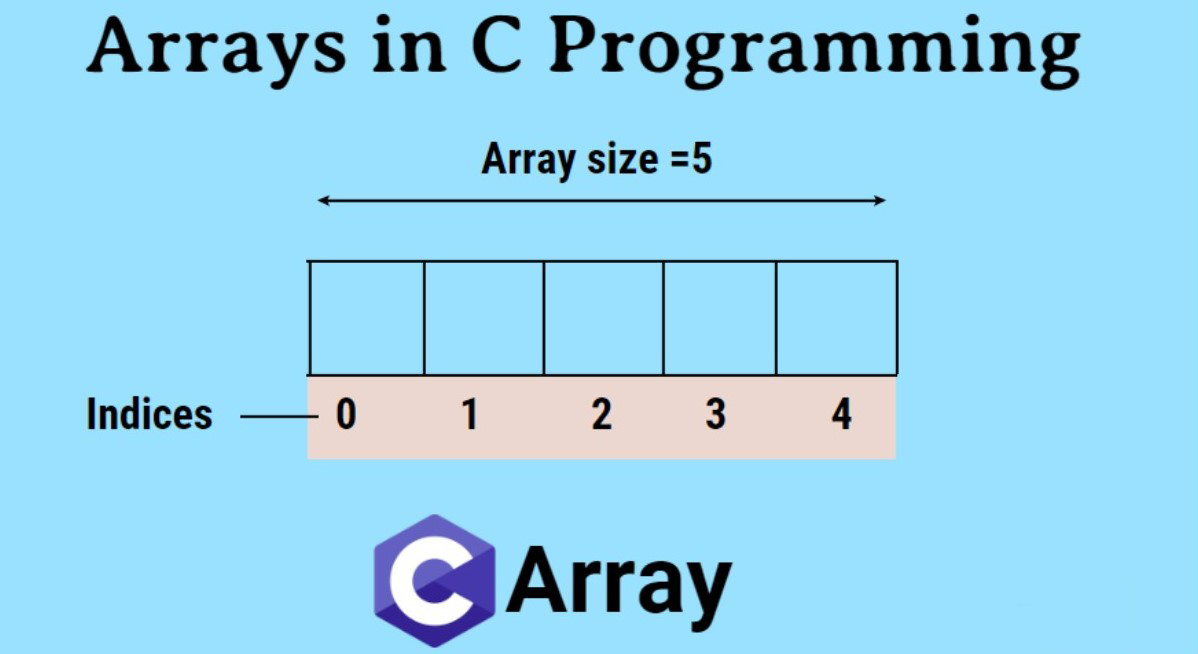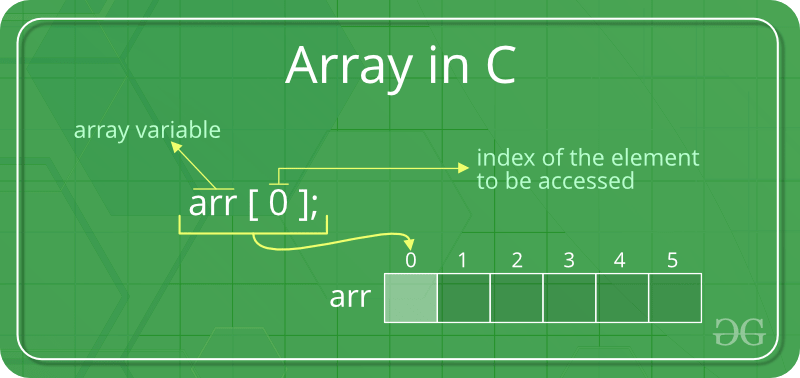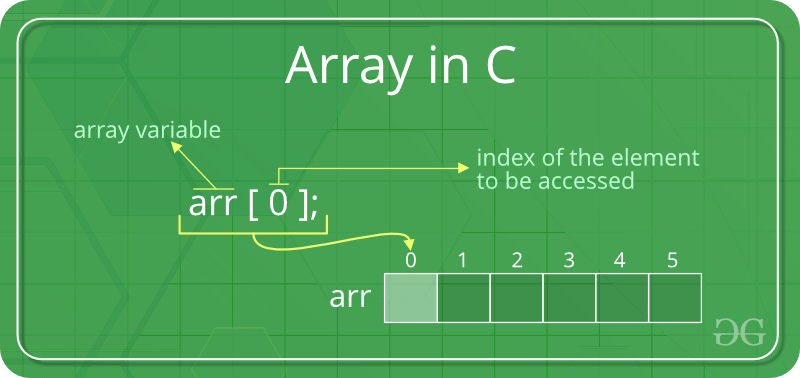Arr Presentation
| Introduction to Arr | ||
|---|---|---|
| Arr is a term used in programming to refer to an ordered collection of elements. It is short for "array" and is a fundamental data structure in many programming languages. Arr allows for efficient storage and retrieval of data, making it a crucial concept in computer science. | ||
| 1 | ||
| Characteristics of Arr | ||
|---|---|---|
| Arr has a fixed size, meaning it can hold a predetermined number of elements. Elements in Arr are accessed using an index, which represents their position in the collection. The index of the first element in Arr is typically 0, and subsequent elements follow in numerical order. | ||
| 2 | ||
| Key Operations with Arr | ||
|---|---|---|
| Adding elements to Arr is done by assigning a value to a specific index. Accessing elements is done by referencing their respective index in Arr. Modifying elements is done by assigning a new value to the desired index. | ||
| 3 | ||
| Advantages of Arr | ||
|---|---|---|
| Arr allows for constant-time access to elements, as they can be directly accessed using their index. It provides efficient memory allocation and utilization, as elements are stored in contiguous memory locations. Arr is a versatile data structure that can be used for a wide range of applications, including sorting and searching algorithms. | ||
| 4 | ||
| Limitations of Arr | ||
|---|---|---|
| The size of Arr is fixed, meaning it cannot dynamically grow or shrink as elements are added or removed. Inserting or deleting elements in the middle of Arr requires shifting subsequent elements, resulting in inefficient operations. Arr is not suitable for storing elements of different data types, as it typically supports a homogeneous collection. (Note: The sub-bullets provided are full sentences, but they can be expanded upon to provide more detailed information in the actual presentation.) |  | |
| 5 | ||



